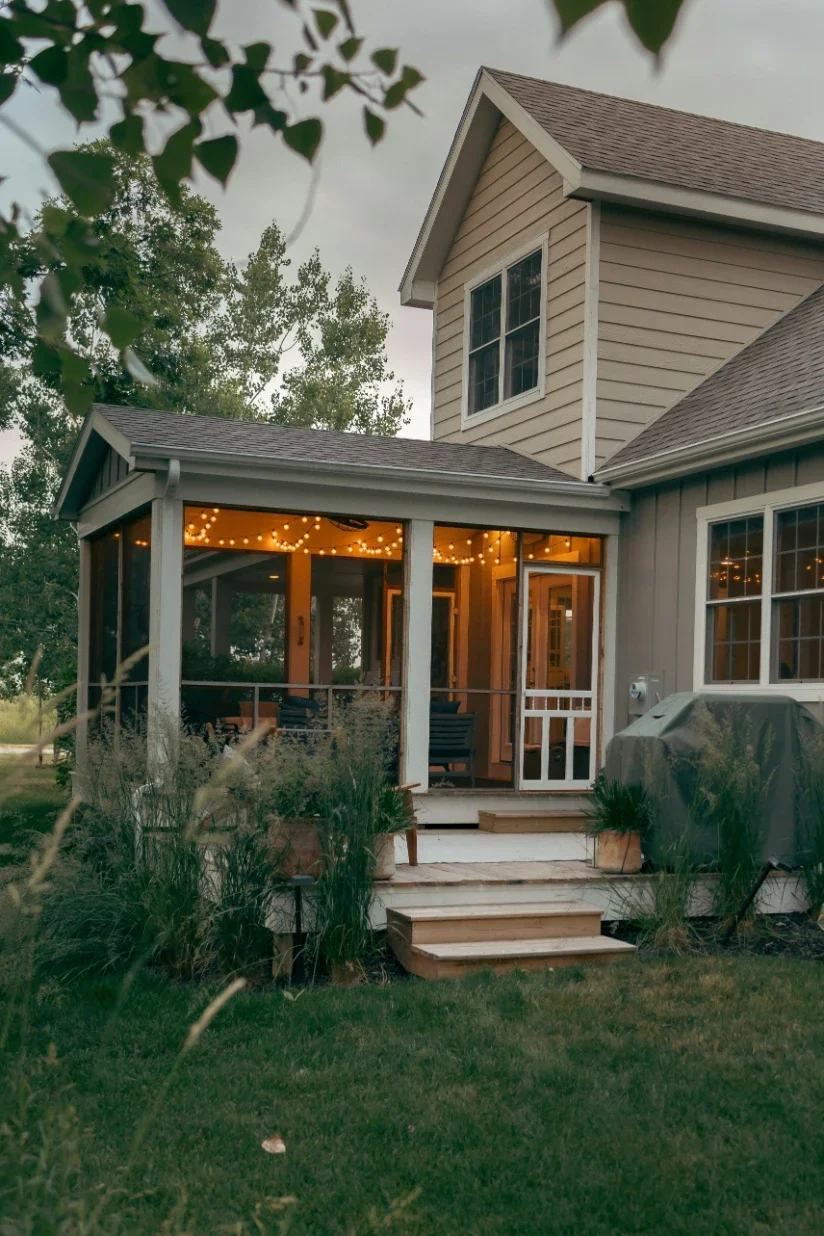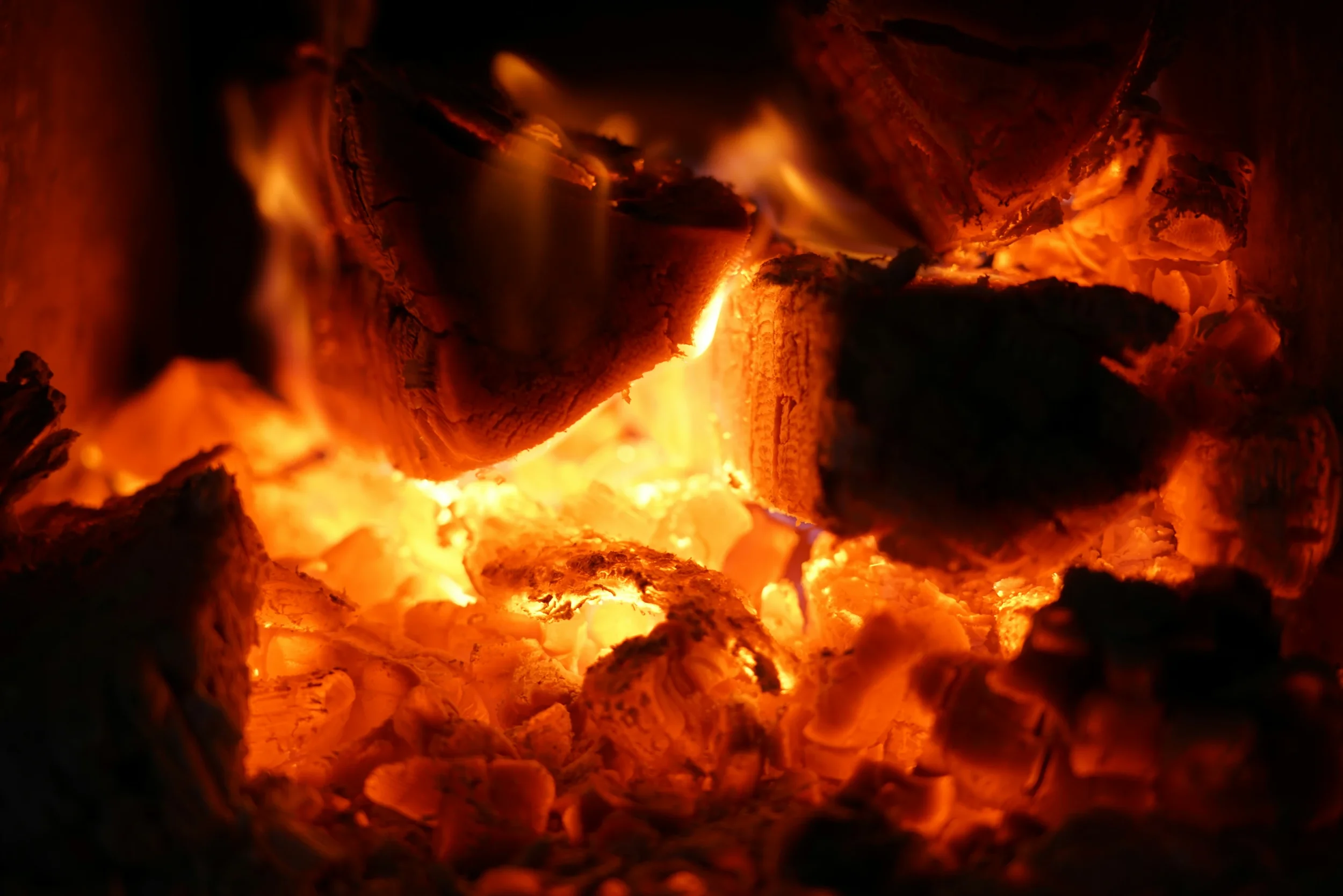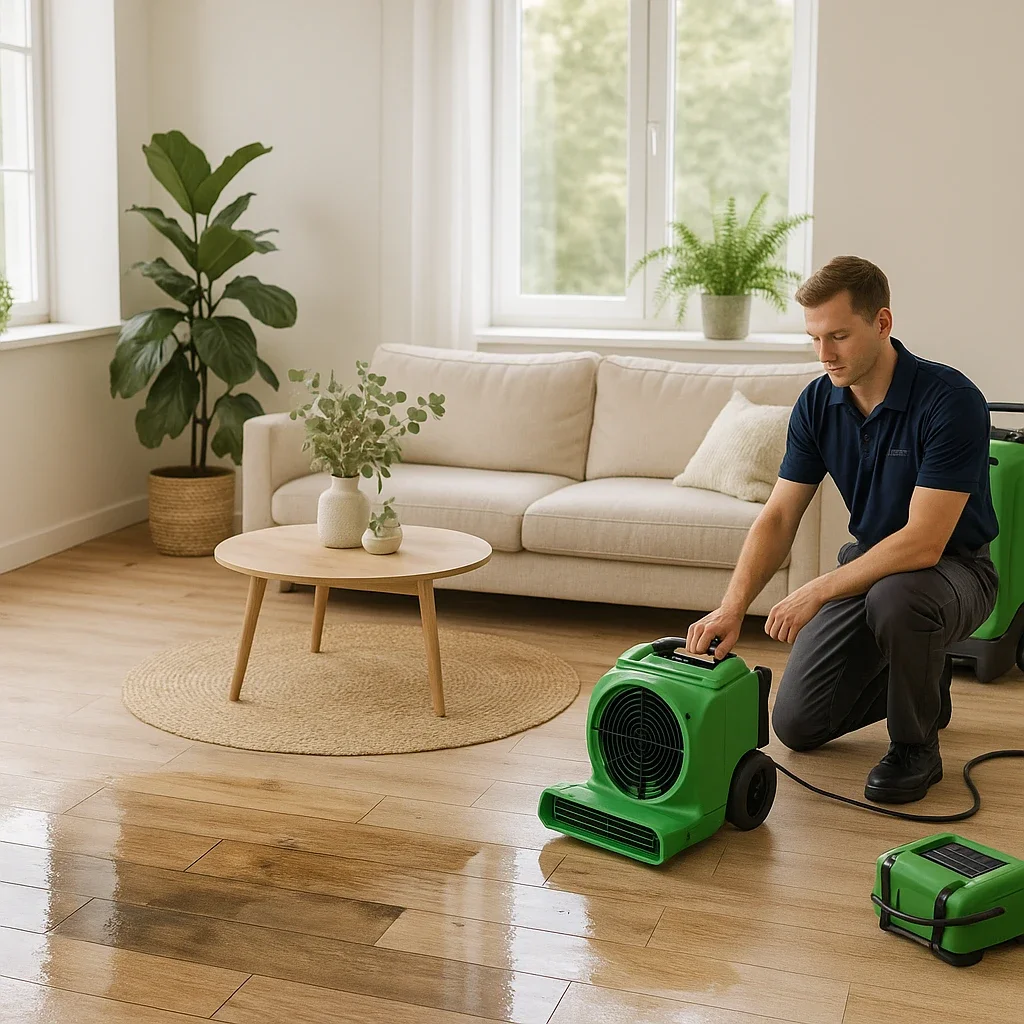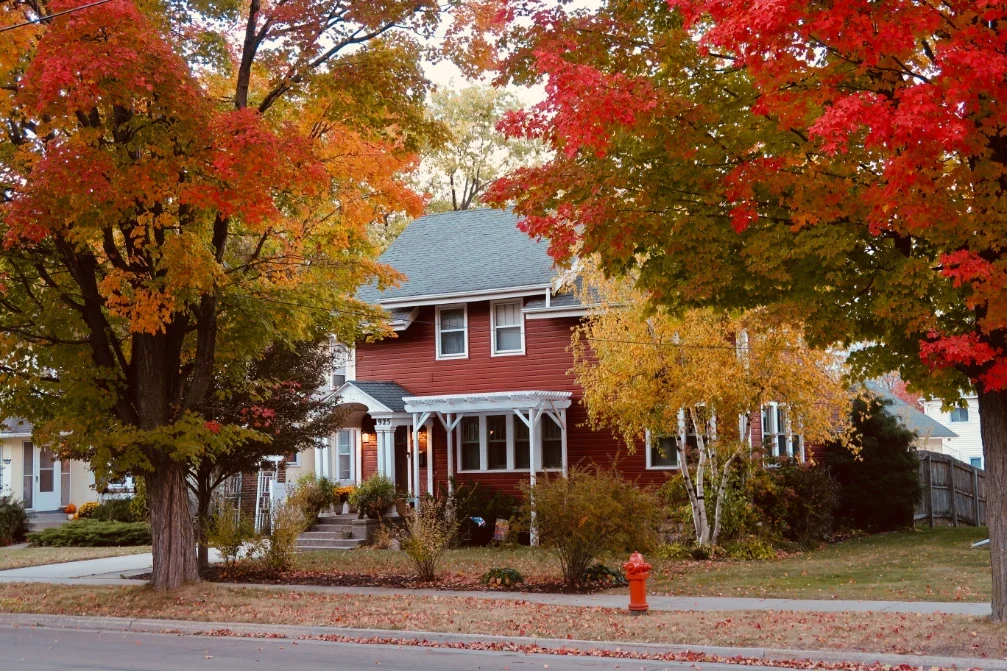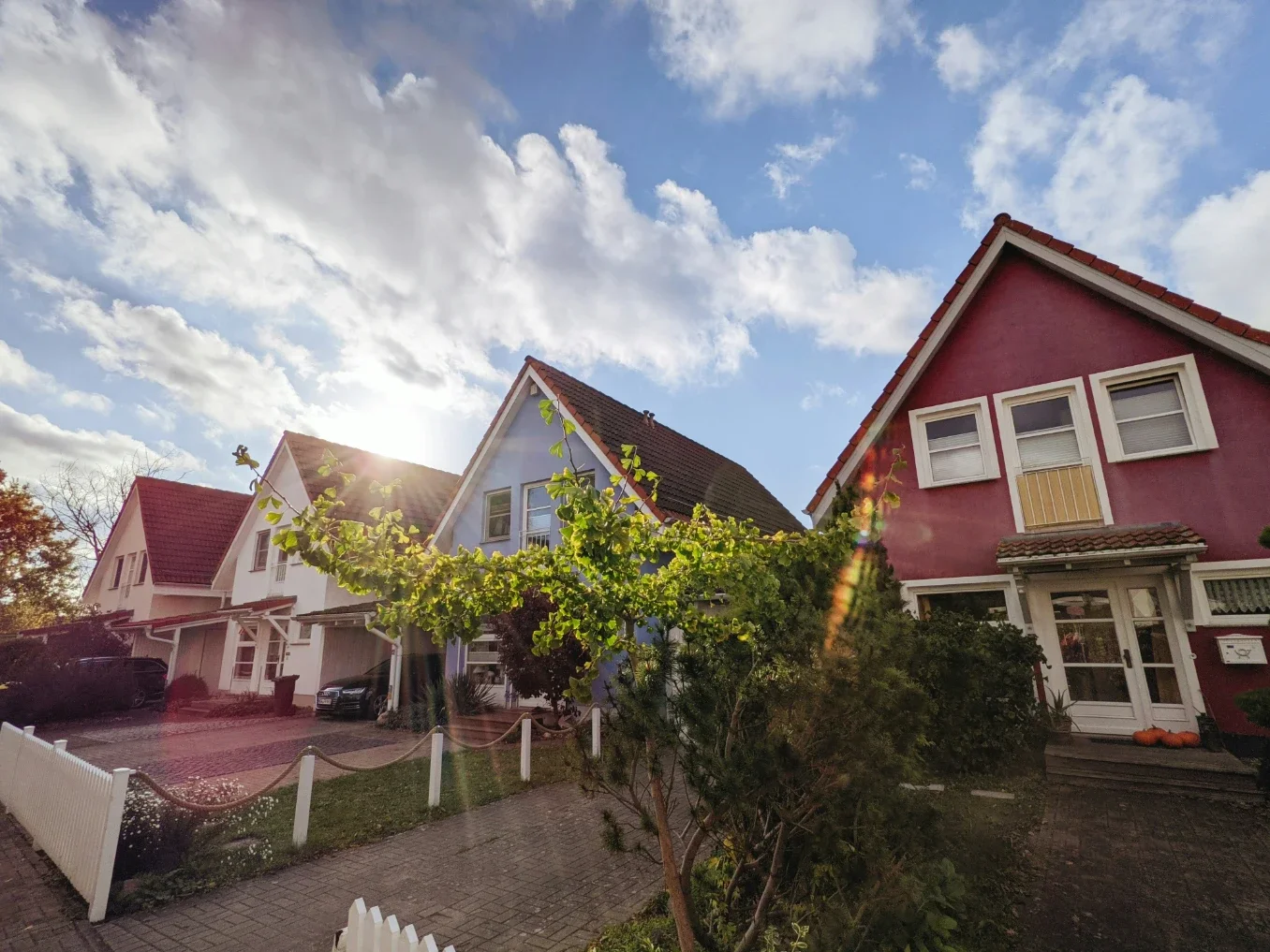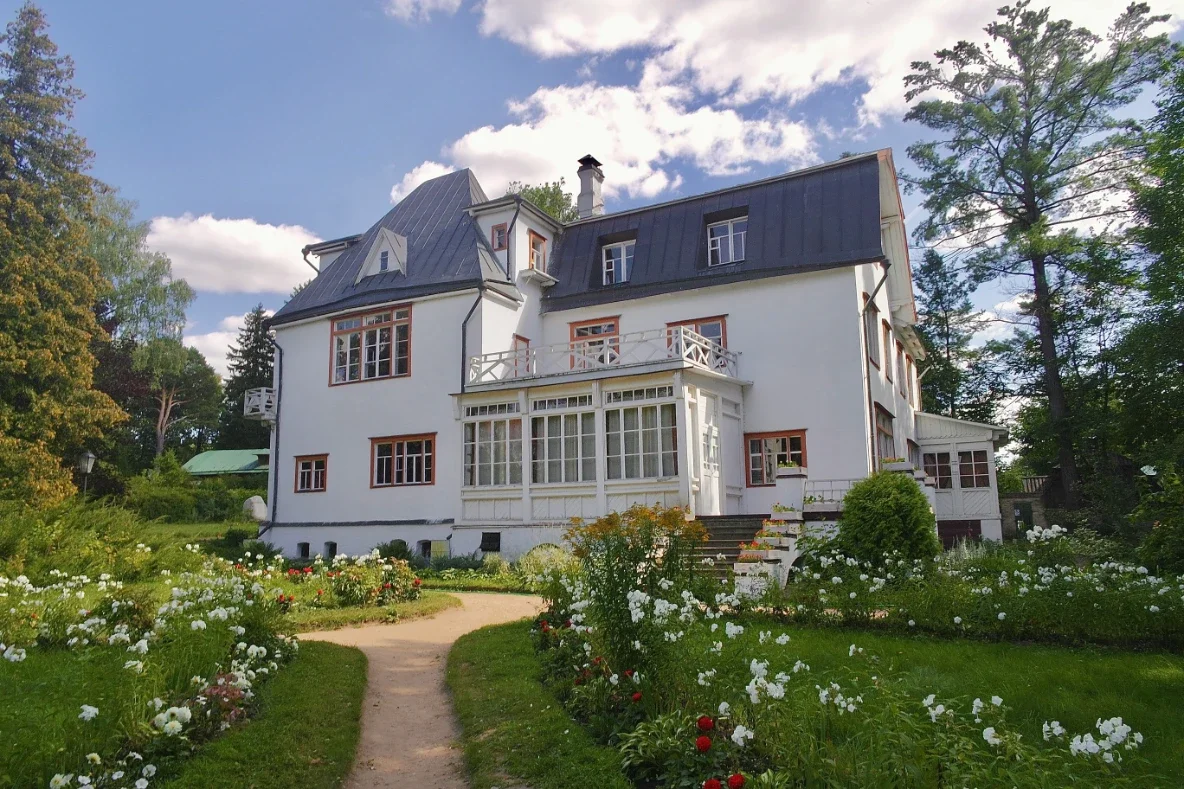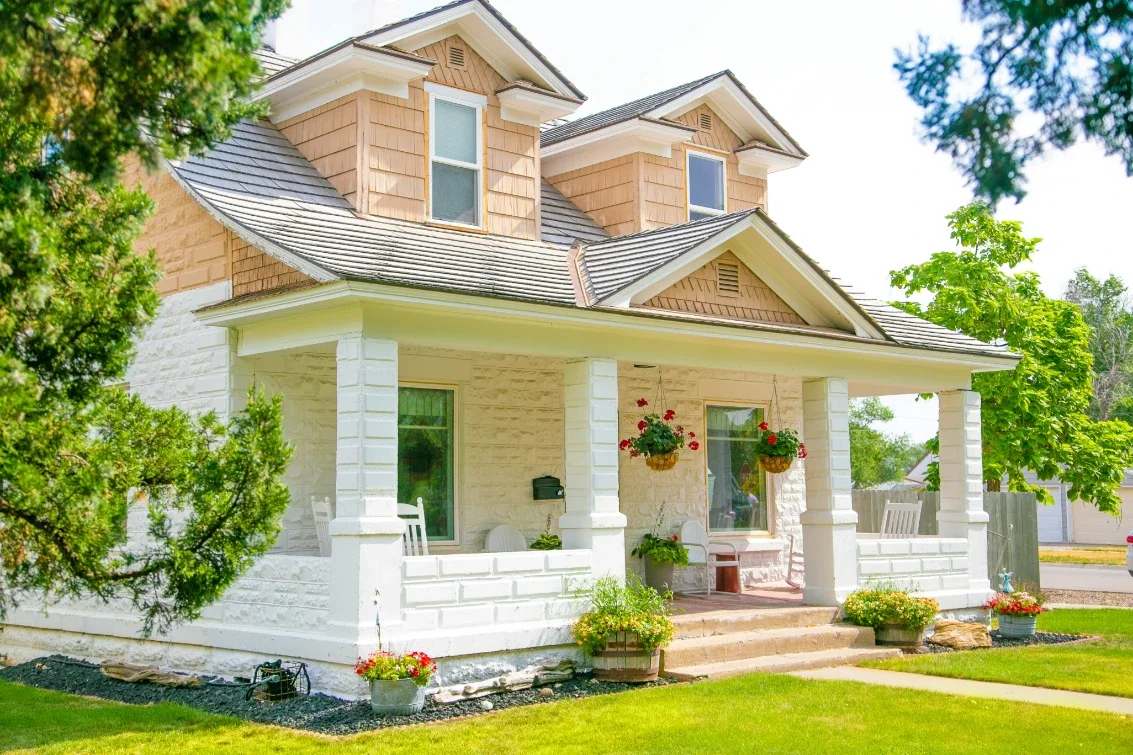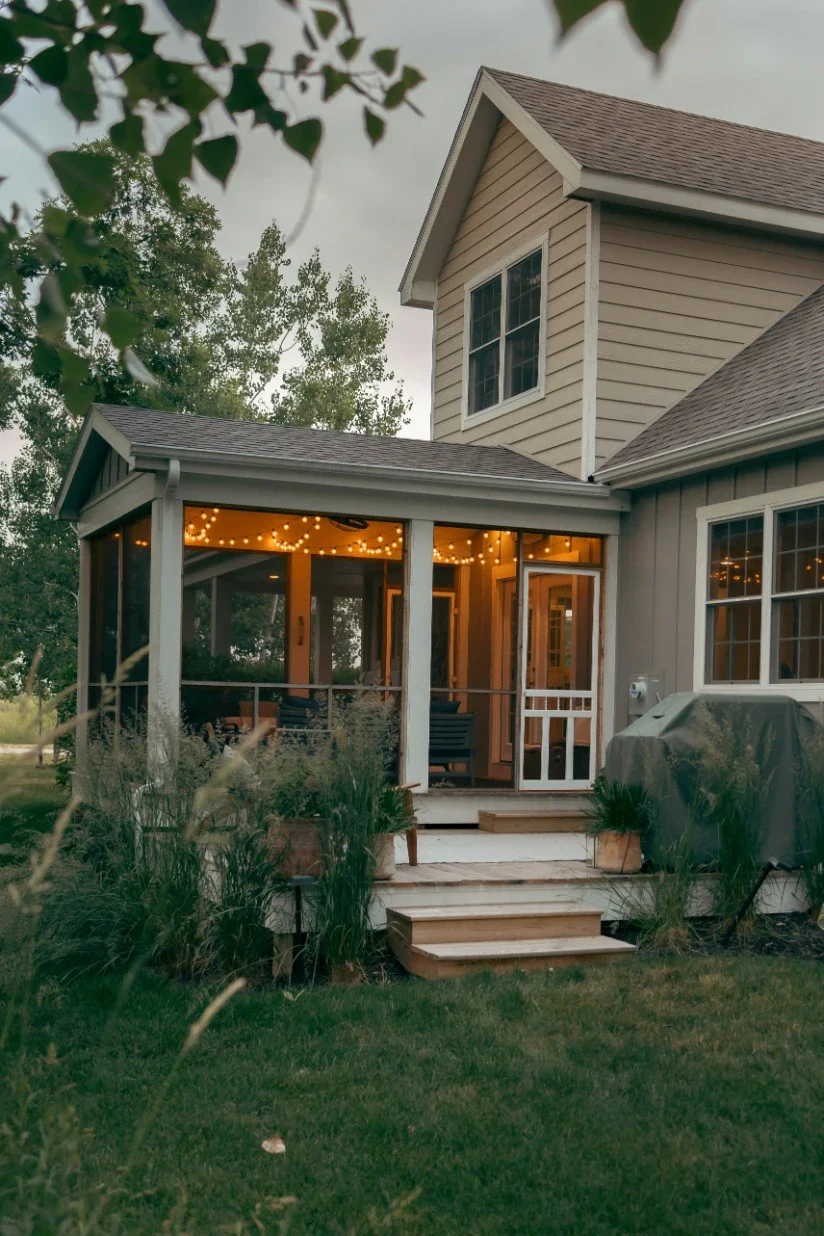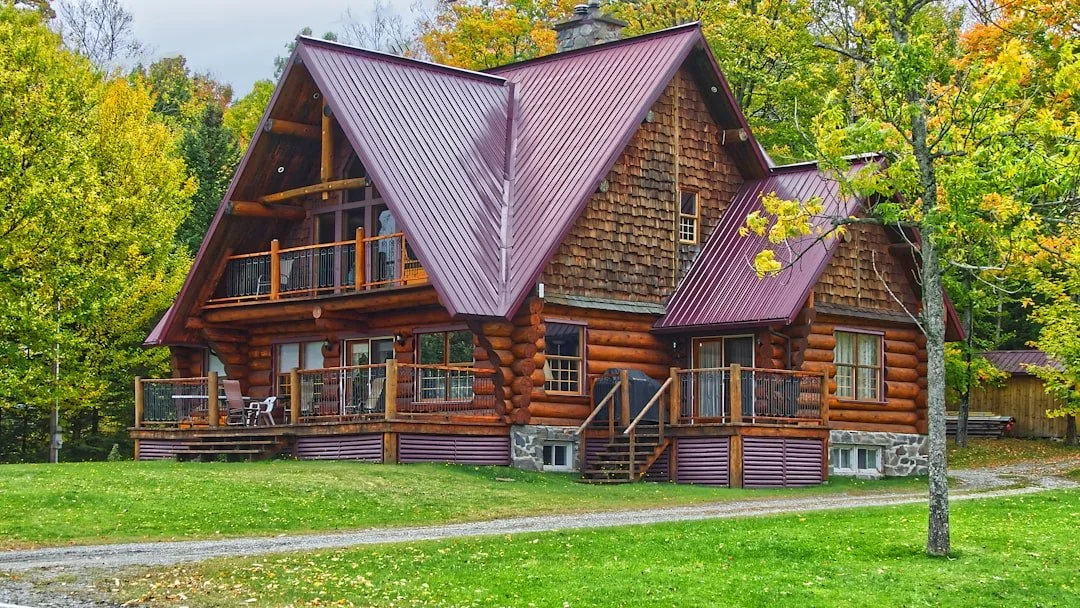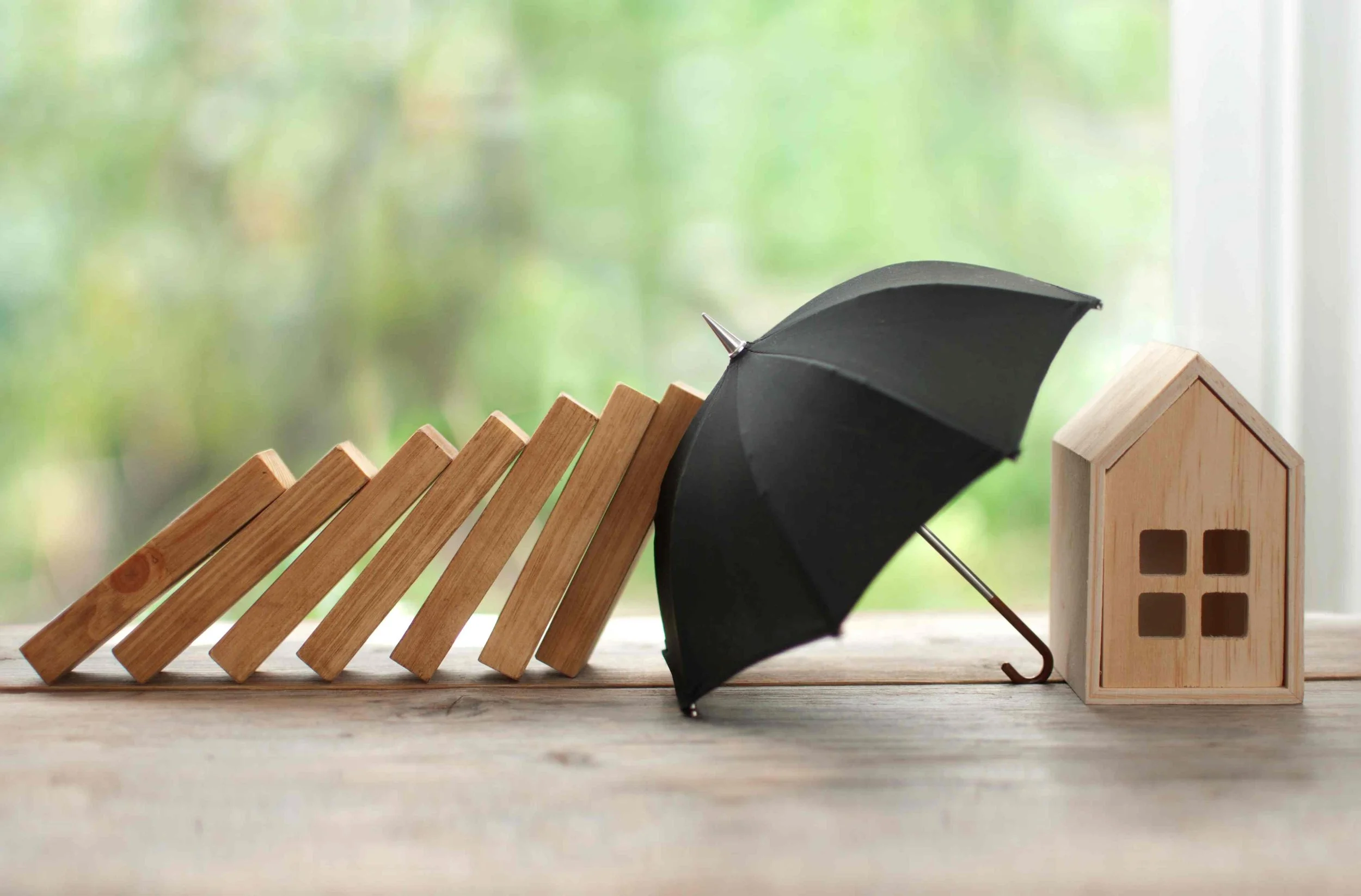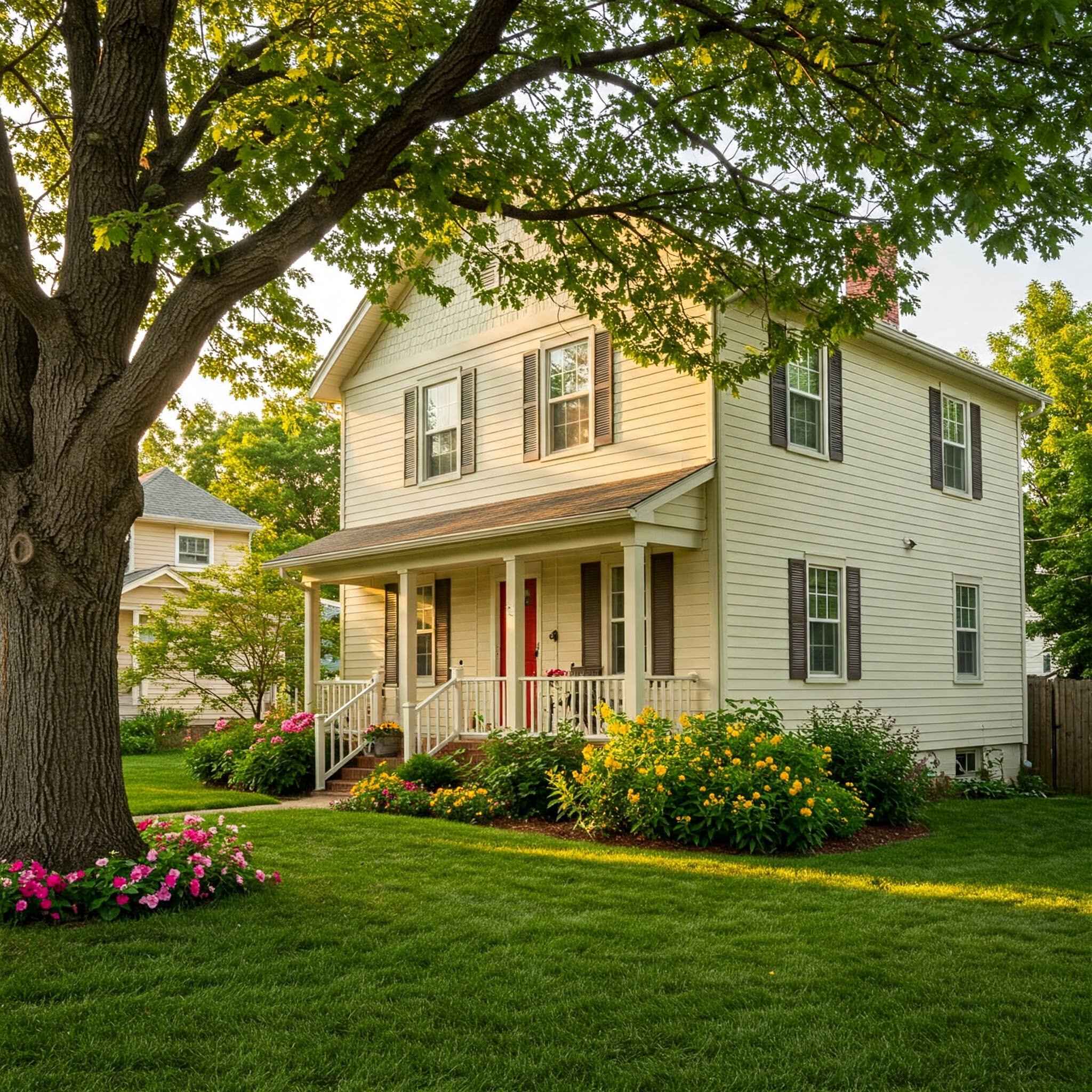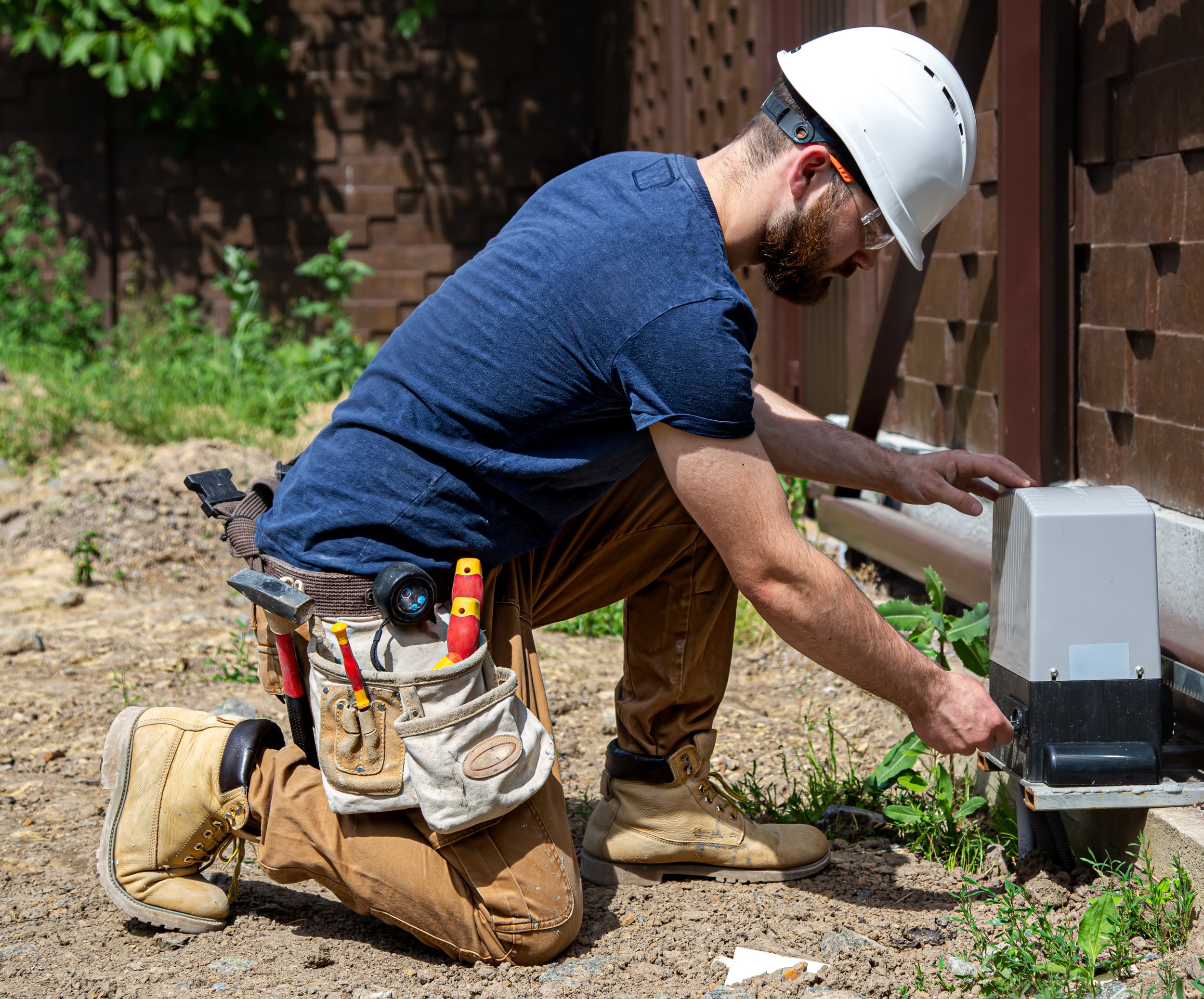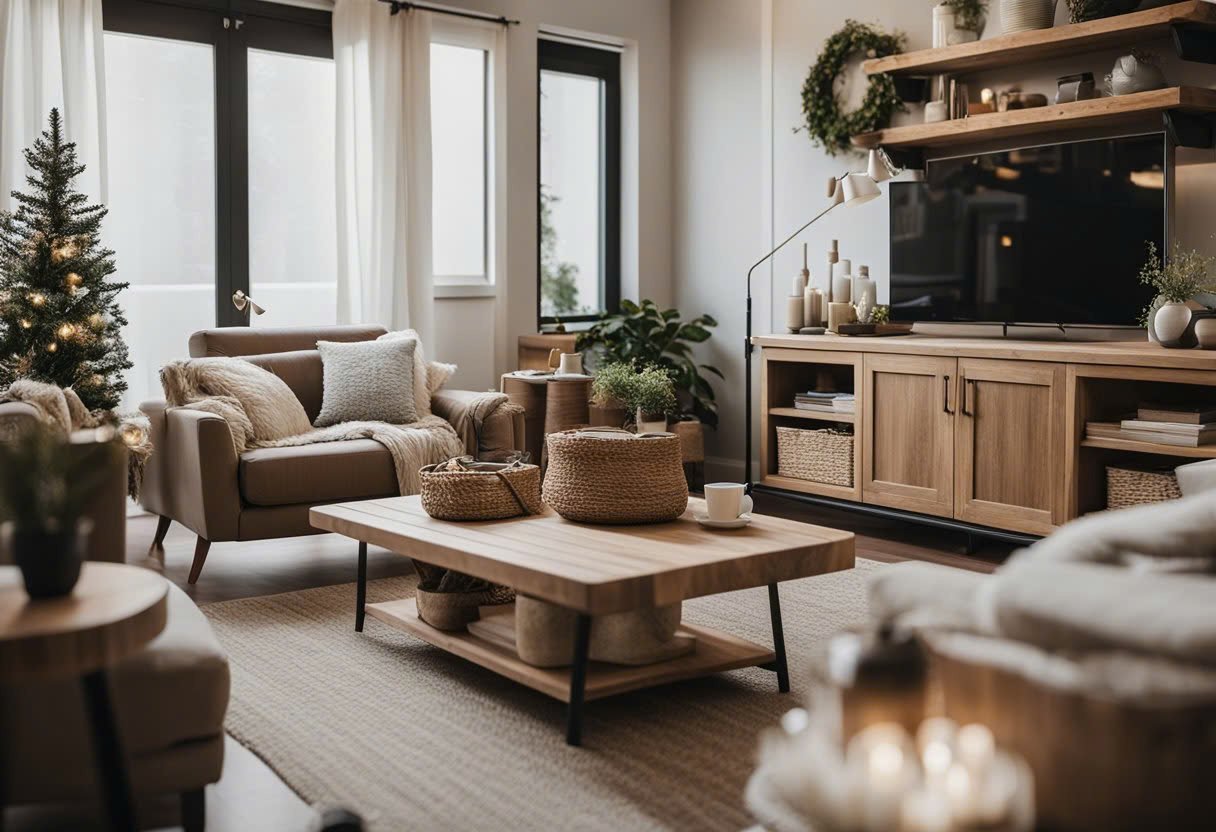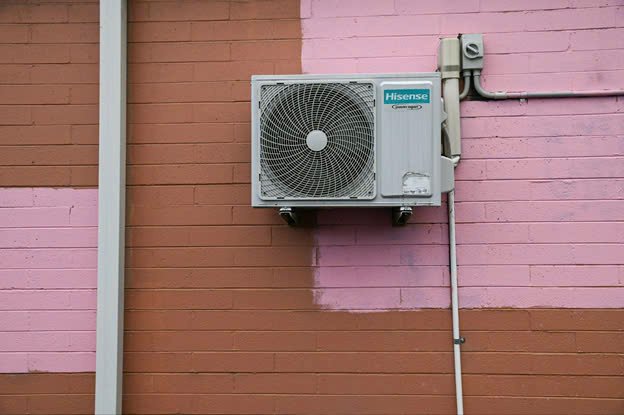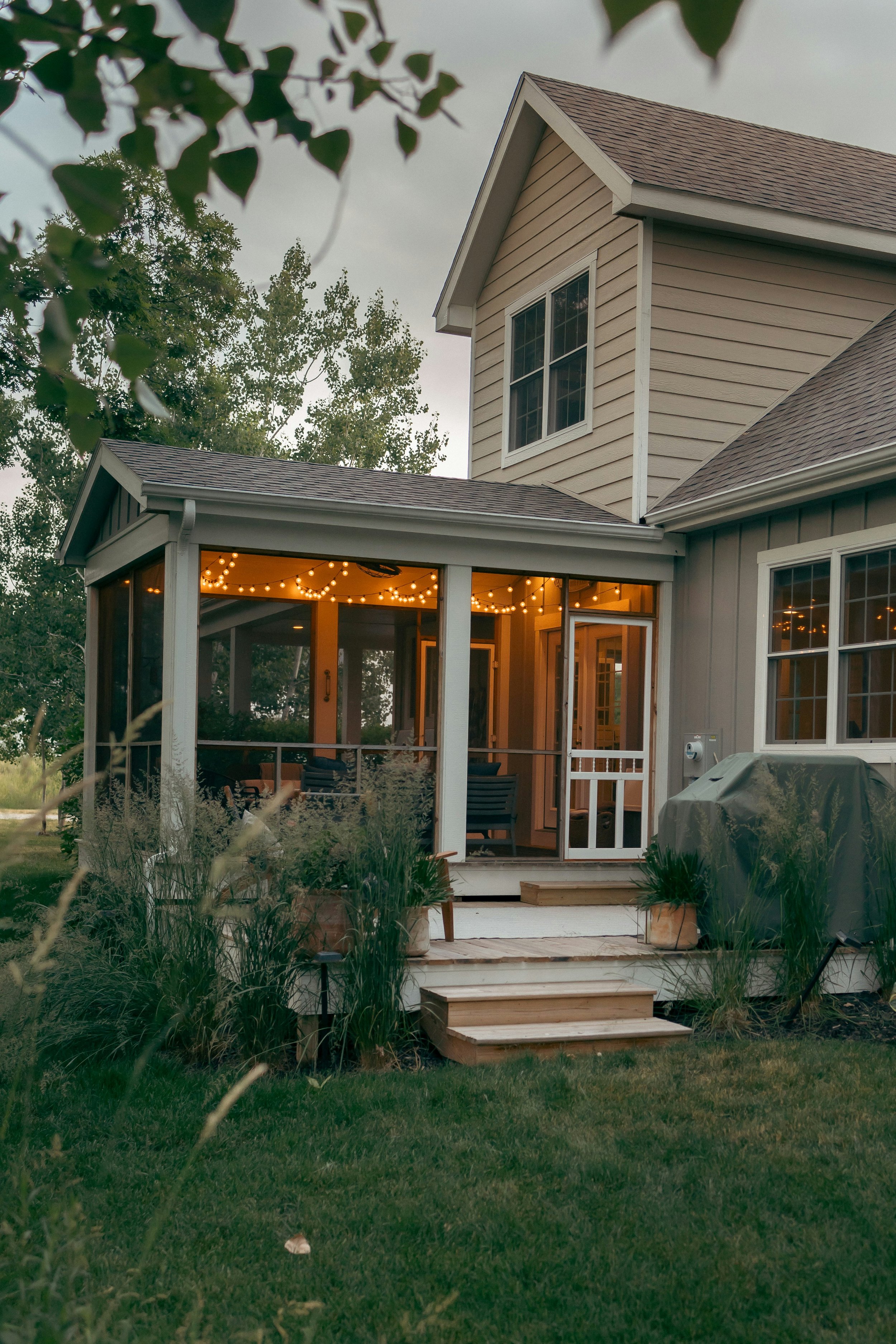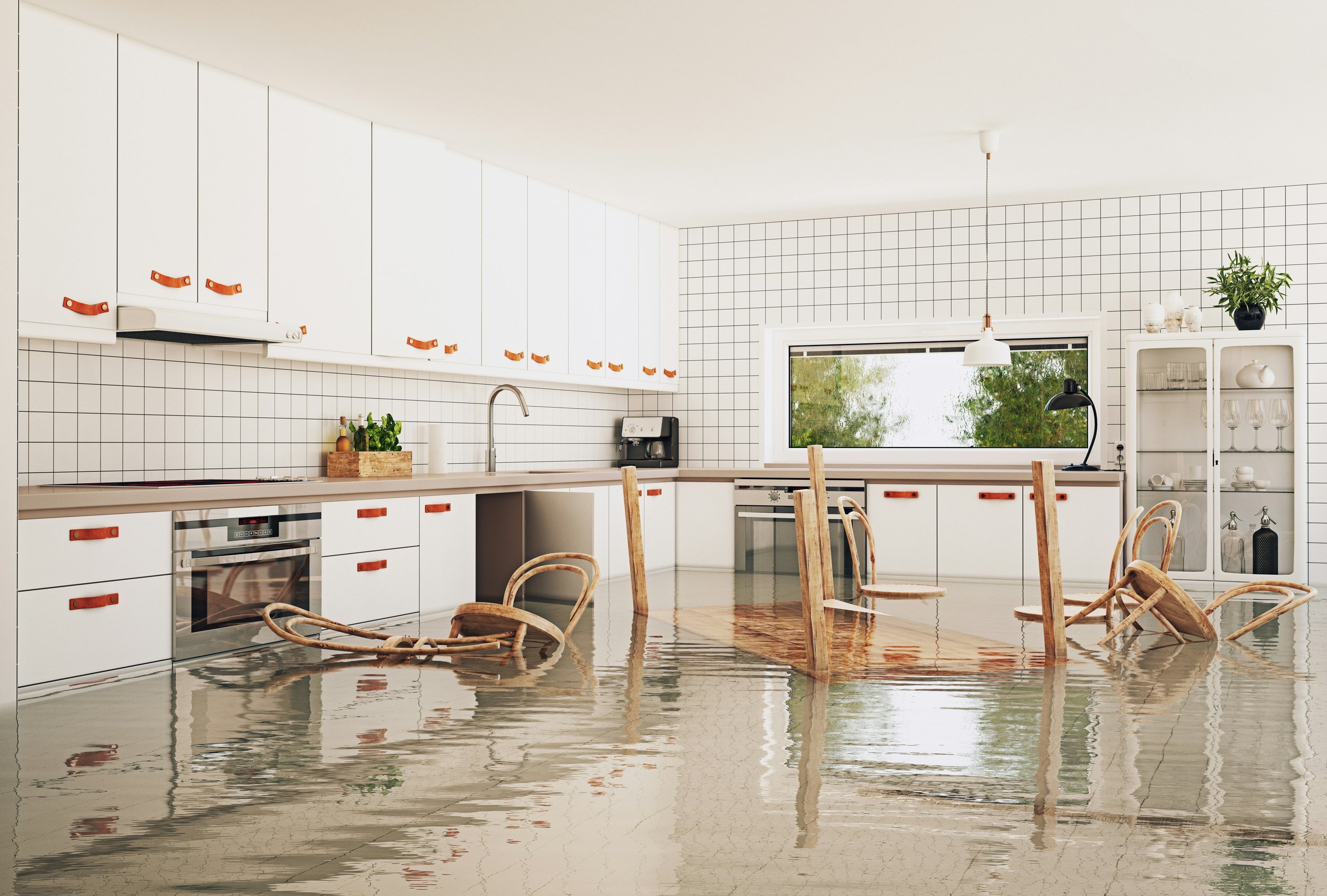From Distressed Properties to Dignified Homes: A New Model for Community Renewal
Explore how a new model transforms distressed properties into dignified homes, fostering community renewal, stability, and long term neighborhood growth.
The Problem with “Fix and Flip”
Across the U.S., many neighborhoods are filled with boarded-up houses, abandoned buildings, and streets people avoid after dark. These are distressed properties—places long forgotten by developers and city planners.
Most investors see them and walk away. A few see an easy flip. Cheap buy, fast fix, quick profit. That’s the usual plan. But it doesn’t solve anything. It doesn’t help the families living next door. It doesn’t rebuild trust in a neighborhood. And it definitely doesn’t create long-term value.
Why Distressed Properties Matter
Distressed properties are more than empty buildings. They are warning signs. When homes fall apart, schools follow. When streets grow dark and unsafe, families move out. Property values fall. Businesses stop investing.
A 2023 report from HUD found that 1 in 10 homes in some inner-city neighborhoods are considered structurally unsound or “seriously deficient.” In Baltimore, for example, over 15,000 properties are currently vacant. Many have sat empty for decades.
But these homes still have potential. They have structure. They have history. Most of all, they sit in neighborhoods full of people who deserve better.
A Different Way to Build
Timur Yusufov didn’t follow the normal playbook. He bought buildings in neighborhoods others skipped. He looked at places that had been passed over and said, “Why not here?”
His company, Unique Homes, LLC, started small. Just one house at a time. But the focus was never just on drywall and paint. It was about giving people homes they could feel proud of again.
“We bought a property in East Baltimore where the roof had collapsed. There were trees growing through the living room,” Yusufov said. “Everyone told me to bulldoze it. But the bones were good. We rebuilt it, kept the original brick, and added solar. It’s a family home now.”
Step One: Listen First, Build Second
Before touching a wall or lifting a hammer, listen to the people who live there. They know the problems better than any contractor. Ask: What do you need? What’s missing?
In one project, a local resident asked Yusufov why developers always build the same cookie-cutter row homes. He changed the floor plan to include a large kitchen space and better access to the backyard.
“They had three generations living under one roof. The house had to work for everyone, not just look nice in photos,” he said.
Step Two: Build for Long-Term Living
Fast remodels fall apart. If you're going to fix a property, fix it like someone you love is going to live there.
That means:
Insulate properly
Add natural light
Use materials that last
Make the layout accessible for aging residents
Also, energy bills matter. Low-income families often spend 30% more on utility costs due to poor insulation or inefficient systems. Install energy-efficient windows. Use smart thermostats. Solar panels, when possible, help over time.
“We’re not just flipping homes,” Yusufov says. “We’re building tools for stability. If a house costs less to maintain, that’s more money for food, school, and healthcare.”
Step Three: Connect the Dots
Real change doesn’t happen with one home. It happens when housing, services, and healthcare work together.
In some neighborhoods, Timur partnered with clinics and nonprofit groups to place home care services in walkable distance from his housing developments. In others, he made sure sidewalks were repaired so seniors could get to bus stops without falling.
“If someone can’t get to their doctor because there’s no ramp, what’s the point of fixing their kitchen?” he says. “It all connects.”
Stats that Matter
Affordable housing units have dropped by 4 million since 2012 across the U.S.
Nearly 40% of low-income renters spend over half their income on housing.
Energy upgrades like smart thermostats and solar can cut utility bills by $750–$1,200 per year.
Home repairs in underserved areas can reduce crime by up to 21%, according to a 2022 University of Pennsylvania study.
These aren’t just nice-to-haves. They’re solutions with measurable outcomes.
What You Can Do
You don’t have to be a developer to be part of this. Here’s how you can help rebuild your community in smart, lasting ways:
If You’re a Property Owner:
Keep your buildings up to code
Add energy-saving features when possible
Rent fairly and communicate with your tenants
Donate land or units for affordable housing projects
If You’re a Contractor or Builder:
Hire locally
Train residents as part of your team
Use recycled or sustainable materials
Ask what people actually want in a home before designing i
If You’re a City Leader or Planner:
Streamline permits for community-focused rehab projects
Offer tax breaks for long-term landlords, not flippers
Partner with developers who show a track record of staying, not selling
If You’re Just a Neighbor:
Organize a cleanup
Support zoning changes that allow affordable housing
Speak up at meetings about development in your area
Offer input on what your block actually needs
A New Model, One Block at a Time
This model isn’t about speed. It’s not about luxury towers or quick wins. It’s about dignity, safety, and smart design. It’s about rebuilding trust between communities and the people who build in them.
We don’t need another condo with rooftop views. We need more homes where kids can sleep safely, seniors can age comfortably, and families can grow together.
Timur Yusufov’s work proves it’s possible. The houses he fixes don’t just look good. They function. They last. And they tell people, “You matter.”
The next time you walk past a broken-down house, imagine what it could be. Not just what it costs. That’s where renewal starts.
